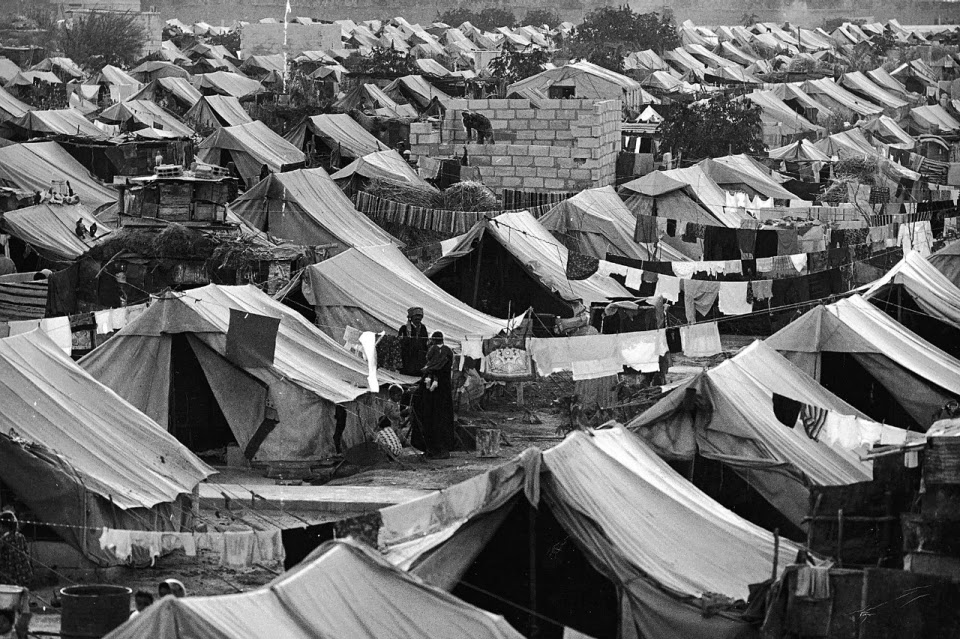The two-state solution to the Israeli–Palestinian conflict envisages an independent State of Palestine alongside the State of Israel, west of the Jordan River. The boundary between the two states is still subject to dispute and negotiation, with Palestinian and Arab leadership insisting on the "1967 borders,” according to UN Security Council resolutions, which Israel refusses to accept.
The territory of the former Mandate Palestine (including western neighborhoods of Jerusalem), generally are assumed not to form part of the Palestinian State and would continue to be part of Israel in the two-state scenario. Those areas and their indigenous Palestinian Arab populations, therefore, would remain subject to Israel’s apartheid regime, which institutionally discriminates against all persons not officially designated as having "Jewish nationality.” In this case, the two-state solution is anathema to the secular-democratic state and other one-state solutions. (See One-state solution and Secular-democratic state)
The two-state solution remains the preferred outcome among the international community and the United Nations.[1] In 1974, a UN resolution on the "Peaceful settlement of the question of Palestine” and called for "two States, Israel and Palestine…side by side within secure and recognized borders” together with "a just resolution of the refugee question in conformity with UN resolution 194.”[2] The borders of the state of Palestine would be "based on the pre-1967 borders.” The latest resolution, in November 2013, was passed 165 to 6, with 6 abstentions[3]; with Israel and the United States voting against. The Palestinian leadership has embraced the two-state solution since the 1982 Arab Summit in Fez. Morocco.[4]
[1] United Nations, The United Nations and the Question of Palestine (New York: United Nations, 2008), at:
[2]General Assembly, "Question of Palestine,” A/RES/3236 (XXIX), 22 November 1974, at:
[3]General Assembly, "Peaceful settlement of the question of Palestine, United Nations General Assembly,” A/RES/65/16, 25 January 2011, at: https://unispal.un.org/UNISPAL.NSF/0/7EB10BD6D4BCACCF85257829005379D9.
[4] Mark A. Tessler, A History of the Israeli-Palestinian Conflict (Bloomington IN: University of Indiana Press, 1974), p. 718



